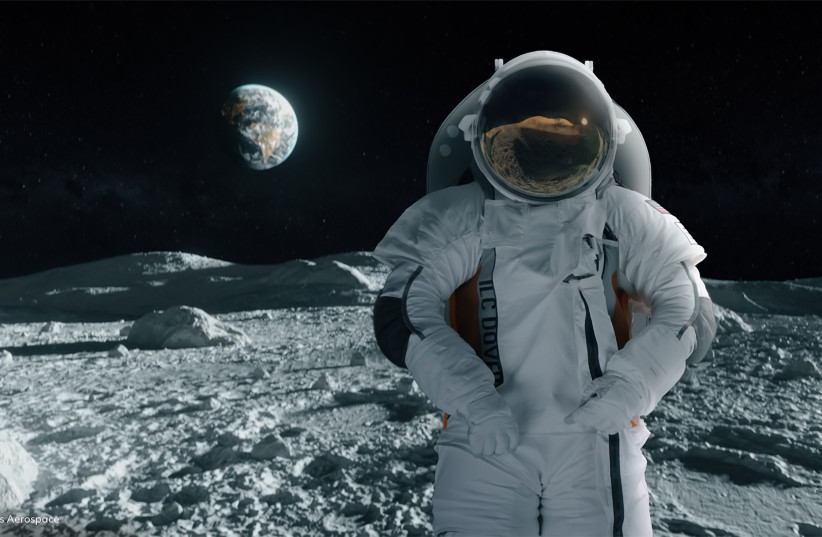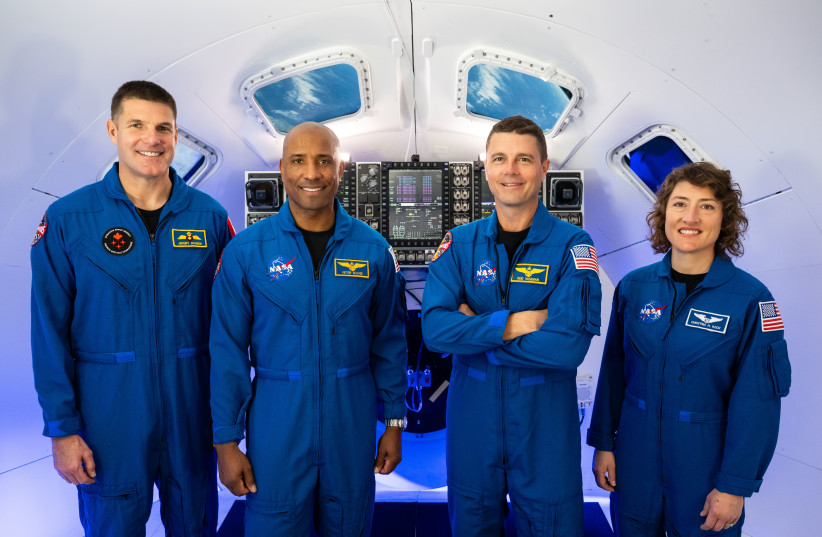Artemis II to use ShadowCam in first-ever journey to lunar South Pole - NASA
The focus has now shifted to the next phase of the program - humanity's first-ever journey to the lunar South Pole region during Artemis II.
NASA's Artemis program has been making remarkable progress, with the announcement of the Artemis II crew and the successful completion of the Artemis I mission. The focus has now shifted to the next phase of the program - humanity's first-ever journey to the lunar South Pole region during Artemis II.
To ensure the success of the mission, NASA scientists and engineers are working tirelessly to gather as much information as possible about this mysterious region.
ShadowCam, an incredibly sensitive optical camera developed by Malin Space Science Systems and Arizona State University, is one of the essential tools in their arsenal. The camera can capture high-resolution images of the permanently shadowed regions of the moon, which are difficult to image using other lunar cameras.
Currently, ShadowCam is operating aboard KARI's Korea Pathfinder Lunar Orbiter (KPLO), also known as Danuri, providing crucial data for both scientific research and mission planning.
The spacecraft has been orbiting the moon since December 2022, capturing high-quality images of the lunar North and South Pole regions.

ShadowCam's first images
One of ShadowCam's first images from lunar orbit revealed the permanently shadowed wall and floor of Shackleton crater near the South Pole, providing crucial data for future missions and our understanding of the Moon's geotechnical properties.
Recently, ShadowCam has produced an astonishing image of the interior of Bruce crater located in the equatorial region of the moon.
Interestingly, ShadowCam captured this image under earthshine, which occurs during a new moon when a person on the moon can see a near-full Earth, providing illumination on the lunar surface.
ShadowCam's unique ability to capture images in areas without direct sunlight is made possible by two types of secondary lighting - earthshine and the reflection of sunlight off nearby geological features.
Another image captured by ShadowCam shows the potential for capturing images of astronauts walking on the Moon's surface during lunar night using earthshine.
Although ShadowCam was primarily designed to use secondary illumination from lunar geologic features for imaging, this image, showing Aristarchus crater central peak, was captured using earthshine.
ShadowCam will not be able to image Artemis astronauts walking on the surface of the Moon if they are in direct sunlight because the powerful light would render the images saturated.
ShadowCam's groundbreaking images and discoveries are sure to play a vital role in achieving humanity's first-ever journey to the lunar South Pole region during the Artemis II mission.
As the Artemis program continues to progress, scientists and engineers are confident that the insights gained through research such as this will unlock a wealth of new knowledge about our closest celestial neighbor, paving the way for successful manned and robotic missions.



No comments:
Post a Comment